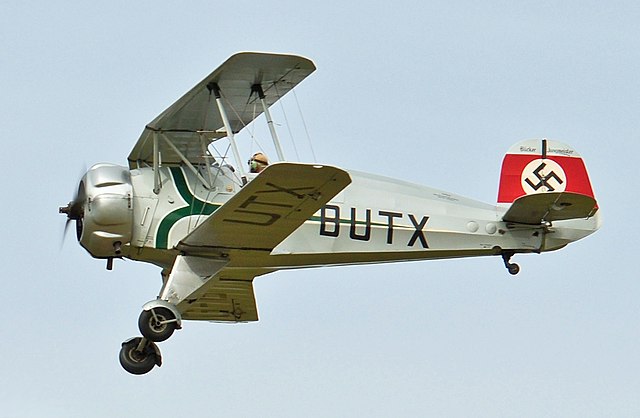wiking85
Staff Sergeant
Seeing how helicopters were used post-WW2 and how the HS123 functioned as a CAS aircraft it seems as though it could have been the equivalent of a WW2 attack helicopter. So what if the Luftwaffe got over its obsession with having the latest and greatest dive bomber and instead focused on mass producing thousands of Hs123 C's and used them as helicopter equivalents? This would mean no HS129 and the Ju87 is limited to specialist heavy dive bombing missions. The goal would be to imbed 40 Hs123C's per panzer and motorized division, while every infantry corps would have a 40 aircraft support unit. How would this impact the course of the war or even just Barbarossa in 1941? Remember IOTL in 1941 the Luftwaffe fielded fewer aircraft than during the invasion of France in 1940, so this would see them having air support that would far exceed OTL 1941 if they hit the TOE I mentioned. It would be CAS more than operational interdiction, but the number of twin engine bombers wouldn't be impacted.

